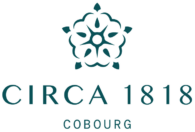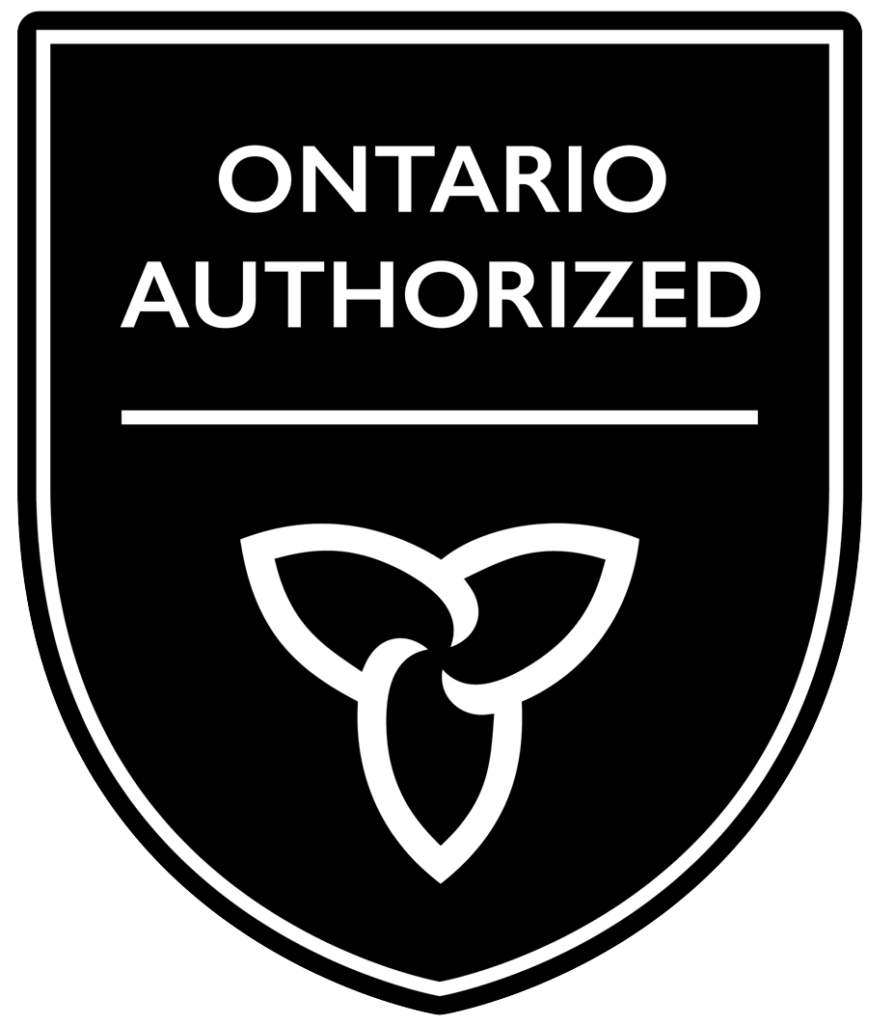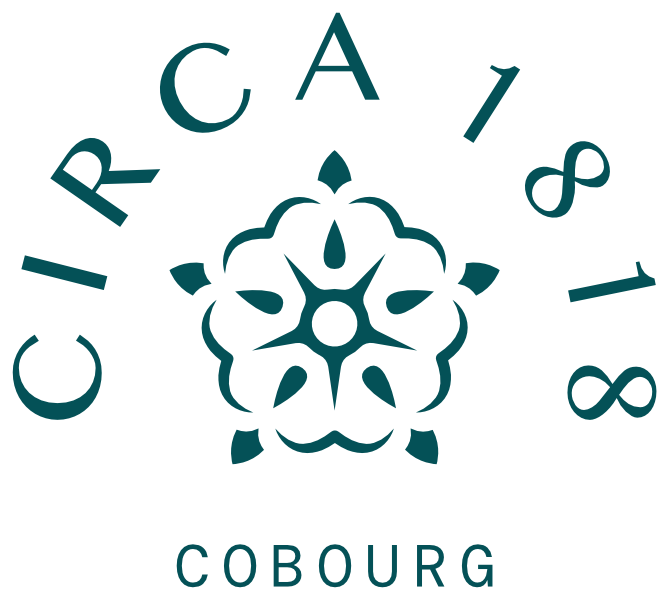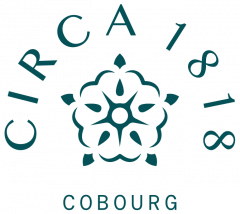Hey folks! It’s time again for your timely infusion of cannabis-based knowledge that’ll help you become an expert level weed connoisseur. With the rise of the regulated cannabis market came a level of transparency that hadn’t existed in the legacy market. Due to safety standards put in place by the AGCO and Health Canada, consumers are able to purchase cannabis with the knowledge that it doesn’t contain pesticides or other harmful chemicals.
Another benefit of regulation in regards to cannabis is that we are all now able to see the actual percentage of cannabinoids and terpenes that are present in the flower, tucked away alongside all that other information that’s printed on the label. Naturally, the availability of this information leads to the question: How do they determine potency? Since that’s a pretty laborious question to answer, I’ve opted to provide this information in two parts, the first of which is going to look at the information that appears on cannabis products. So, strap yourselves in and get ready to move some decimal points, it’s time for some math!
Ugh…Math…ok then, what do the numbers mean?
So, first of all, it’s important that we establish what the numbers that are on the product labels actually mean. To keep it simple, we’ll just talk about the THC information on the product packaging. When you look at the information on a cannabis product, there’s a whole slew of numbers that to the uninformed, mean literally nothing. If we’re trying to determine the THC potency of a product we’re going to ignore everything except for the portion of the label where it shows the Total THC, which is the amount of THC you’ll be imbibing in its activated, intoxicating form. The way this is presented will vary depending on the type of product. For example, edibles, capsules, and beverages always have the THC presented in milligrams, which makes it fairly easy to read. All legal market edibles are currently capped at a 10mg limit, so when you look at an edible cannabis product, it’s quite easy to quickly determine its potency.
With other products like flower or vape carts, things get a little more complicated. You’ll find the total THC listed, but it’s not in a format that is going to make a ton of sense upon first viewing. For example, with flower, the THC is listed in a format that shows its potency in a mg/g format. It’s usually a longish string of numbers that initially mean very little until we shift the location of the decimal point over to the left one spot and that will give us it’s THC percentage, which is the format we’re all used to reading it in!
…Brynn buddy, I’m gonna need an example or something.
That’s legit! Here ya go!
As you can see, the word THC pops up a few times on this package label. The only one relevant to us, as mentioned above is the total THC, which is listed as being 184.5 mg/g. By moving the decimal point over to the left one, you end up with 18.45, which is an accurate representation of the overall activated THC percentage. Many of the brands we carry have started to add the consumer relevant information to the packaging, but there are still plenty of producers who still only have the required info.
That’s all there is to gleaning the THC percentage from a cannabis flower based on the information on the label. This same process works for determining the percentage of any cannabinoids present in the flower like CBD or CBG. Now, go forth and amaze your friends with your newfound ability to decipher the secrets of regulated cannabis product labels!
Are you morally opposed to moving decimal points? Never fear! Our online menu features all of the information about our products in an easy-to-read format. No math required.







